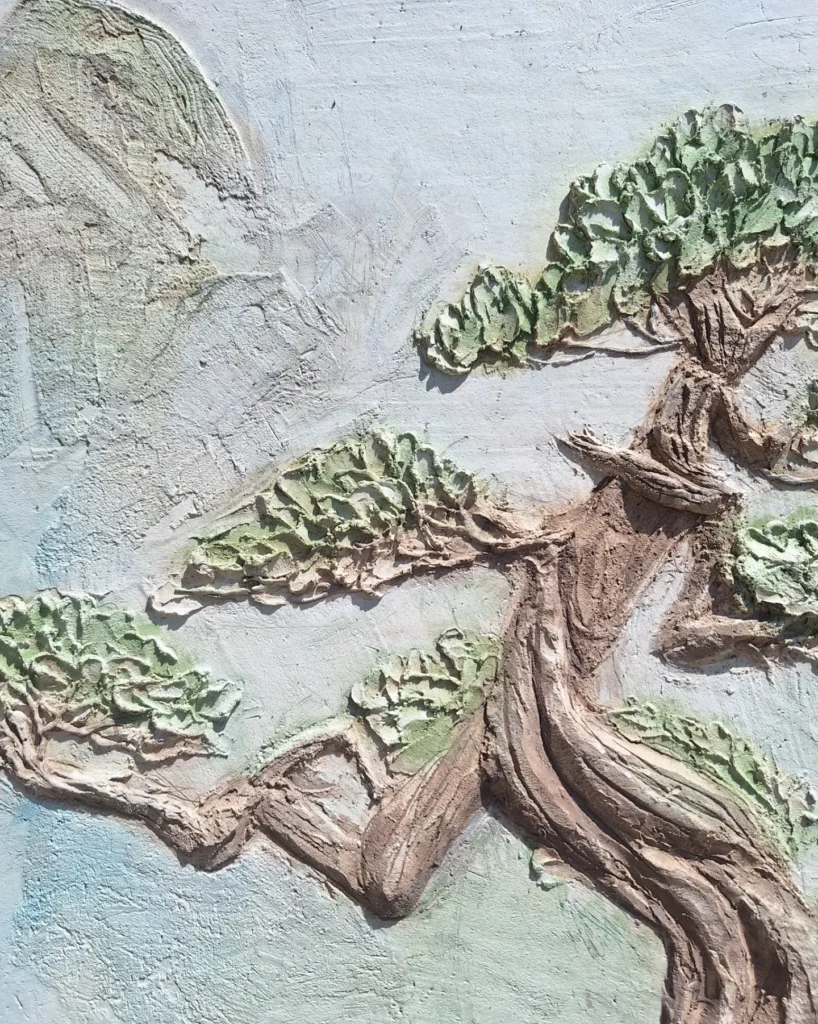
coloring and painting MIXFORM surfaces: Techniques and tips for a perfect finish
When it comes to finishing MIXFORM plaster, painting plays a key role in achieving the desired aesthetic impression and protecting the surface. Whether it is an imitation of natural stone, wood or rock, proper painting can bring your surface to life and give it exceptional depth and a realistic look. It is especially important to use appropriate techniques and materials, such as emulsion and acrylic paints, to ensure that the surfaces retain their appearance and resistance, even in humid areas such as bathrooms and kitchens.
In this post, we'll explain the key steps in the process of painting MIXFORM surfaces, along with tips on how to ensure durability and a natural-looking finish.
1. Preparing the surface for painting: Emulsion as the first step
Substrate preparation is a crucial part of any painting project. When working with plaster surfaces, such as those created with MIXFORM material, it is important that the surface is properly prepared so that the paint adheres evenly and the final appearance is flawless.
Emulsion as a protective layer:
Before you begin the painting process, it is recommended to apply an emulsion to the plaster surface. The emulsion acts as a protective coating that prevents the paint from absorbing too much into the plaster, which is especially important for rough and porous surfaces such as those created from MIXFORM materials. By preventing excessive paint absorption, the emulsion ensures a more even application of the finish, better control over the intensity of the color, and a longer-lasting and more resistant finish.
Applying emulsion by spraying:
One of the most effective ways of applying emulsion is spraying. This technique provides even coverage of the surface and ensures that the emulsion gets into all cracks and irregularities. Using a sprayer, you can quickly treat larger areas and the emulsion will be distributed properly, ensuring the substrate is ready for the next painting steps.
2. Acrylic Painting: Patinating for a More Natural Look
After applying the emulsion and when the surface is thoroughly dry, the next step is painting. For MIXFORM surfaces it is recommended to use acrylic paints, which are extremely durable, flexible and moisture resistant, making them ideal for spaces like bathrooms and kitchens.
Diluting acrylic paints:
To achieve a more natural and realistic look, especially when imitating stone, rock or wood, colors are often applied in in a diluted stateBy diluting the paint (usually with water), a transparent layer is achieved that allows the paint to easily penetrate the plaster texture, thereby highlighting the natural irregularities and depth of the surface.
Patination technique:
Patination is a paint application technique that imitates the natural aging of a material. MIXFORM surface, patination helps create the effect of stone surfaces that have been exposed to time and natural elements. Thinned acrylic paint is applied in layers, often in different shades (e.g. gray, brown, sand tones), to create a natural transition of colors and shadows.
For best results, the paint is applied in light strokes with a brush or sponge, with highlights added to the raised areas or edges of the surface. This technique gives the surface an authentic look, as if it had been shaped by years of outdoor exposure.
3. Protection of surfaces in contact with water: Final layer of acrylate
Once painting and patination are complete, it is crucial to protect the surface, especially in rooms exposed to moisture, such as bathrooms and kitchens. Acrylates are finishing layers that provide resistance to moisture and wear, creating a protective barrier that prevents damage caused by water and moisture.
Applying acrylics:
Acrylic is applied as a final clear coat over the painted surface. This layer not only protects the paint, but also provides a light sheen, further enhancing the depth and texture of the surface. Acrylic can be applied with a brush or roller, ensuring that the surface is evenly covered to achieve maximum protection.
4. Painting imitation natural wood: Using glazes
When working on imitation wood with MIXFORM Stone Rock Wood, staining plays a key role in achieving a warm, natural look. While the technique of creating the wood texture is very important, staining is what makes the imitation convincing.
Using glazes:
To achieve the natural look of wood, it is used glaze – a semi-transparent coating that allows the texture of the wood to remain visible, while at the same time adding color and protection. The glaze is applied in thin layers, which adds depth and shine to the surface, and the structure of the "wooden" fibers becomes more pronounced.
Stain colors:
Paints used to imitate wood usually include warm tones, such as:
- Oak stain: Lighter shades of brown, ideal for achieving a fresh, natural wood look.
- Walnut: Darker, richer brown shades that give the impression of older and luxurious wood.
- Cherry: Reddish-brown tones, which bring warmth and elegance.
The glaze, in addition to providing color, additionally protects the surface, making it more resistant to external conditions and moisture, especially in damp rooms.
Tips for achieving professional results
- Work in layers.: Instead of applying a thick layer of paint all at once, it's always better to work in thin layers. This allows you to control the intensity of the color and achieve a more natural transition.
- Use quality tools: Brushes, sponges and sprayers must be of high quality to allow for even paint application.
- Play with shades: When imitating natural materials, combining multiple color shades (e.g. darker and lighter) creates a dynamic and realistic effect.
- Protect the finish: Always apply a protective layer such as acrylic or stain to ensure the longevity of the surface.
Conclusion: Coloring and painting MIXFORM surface requires attention to detail and the use of the right materials. Emulsion ensures good surface preparation, thinned acrylic paints allow for a natural look, while acrylics and glazes provide final protection and add shine. Whether your surface imitates stone, wood or rock, the right paint can transform any project and ensure aesthetic appeal with long-lasting resistance to external influences.

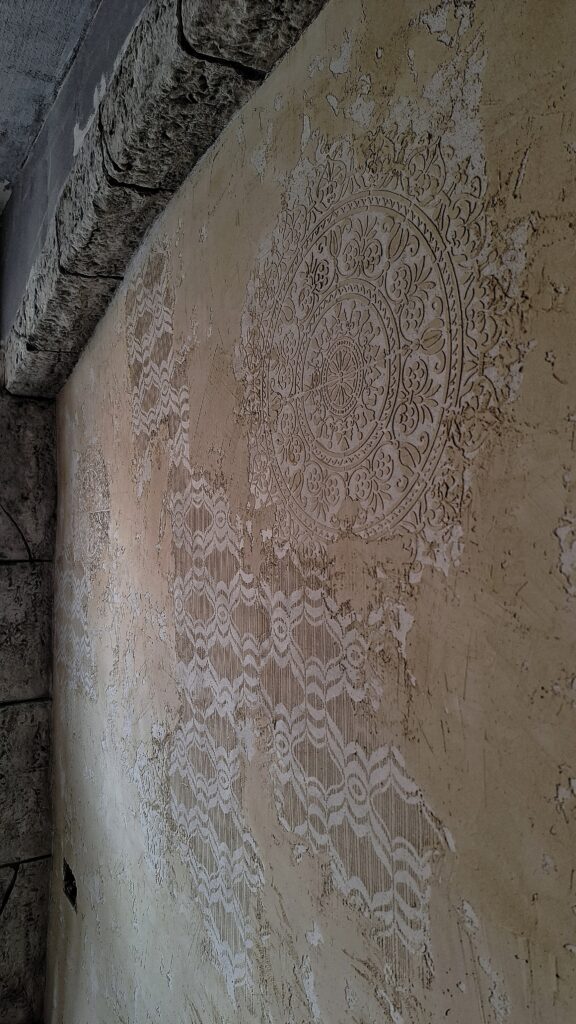
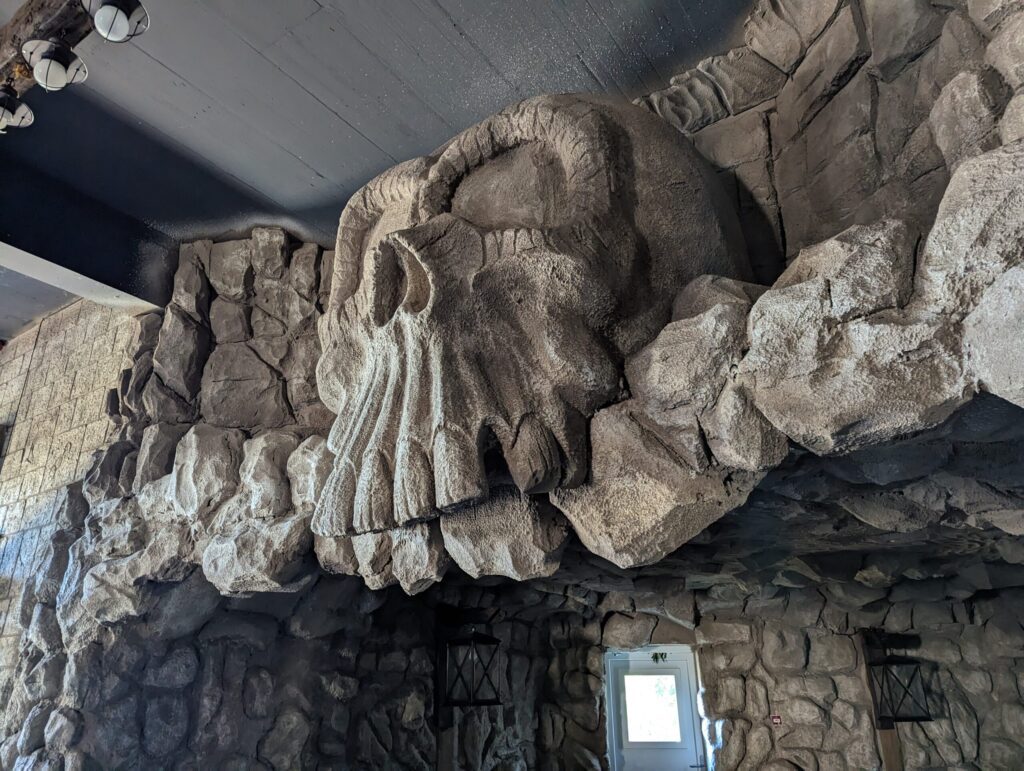
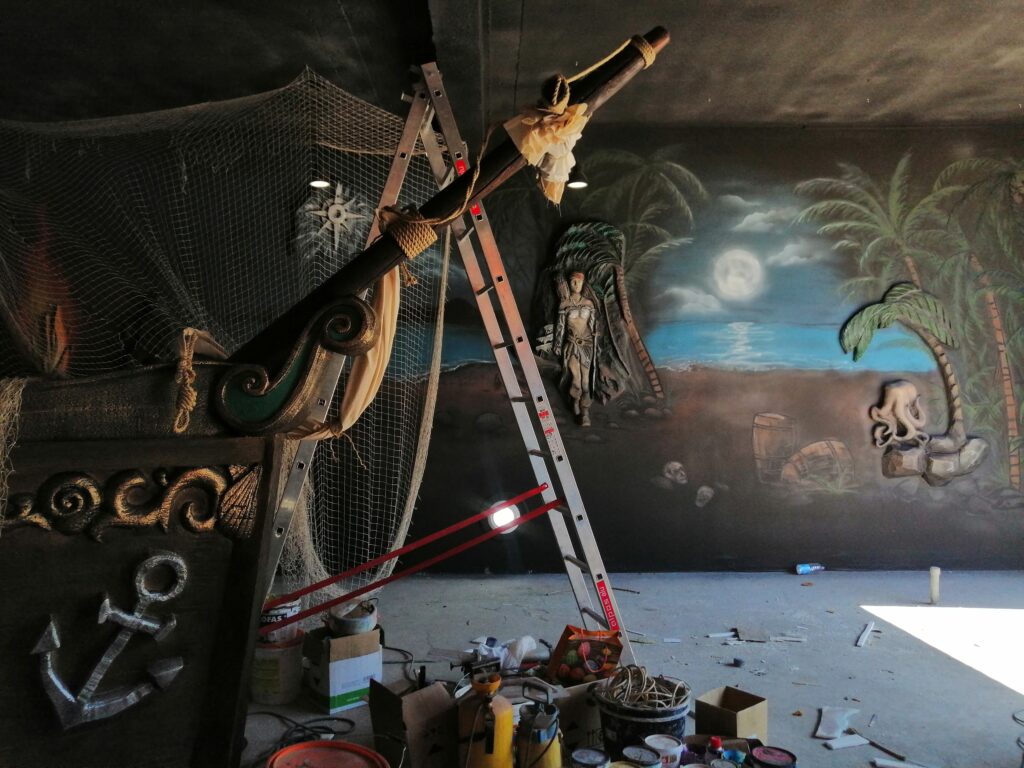
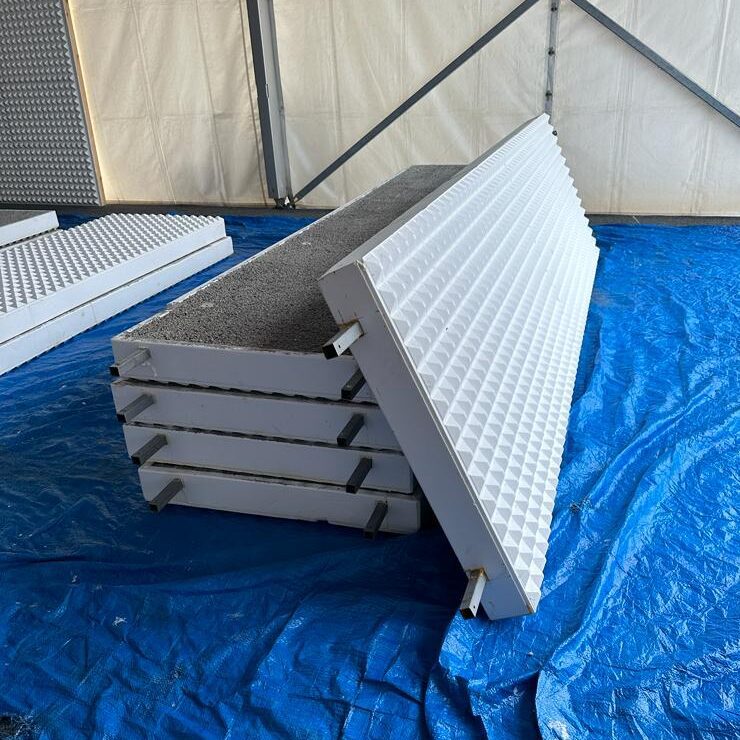
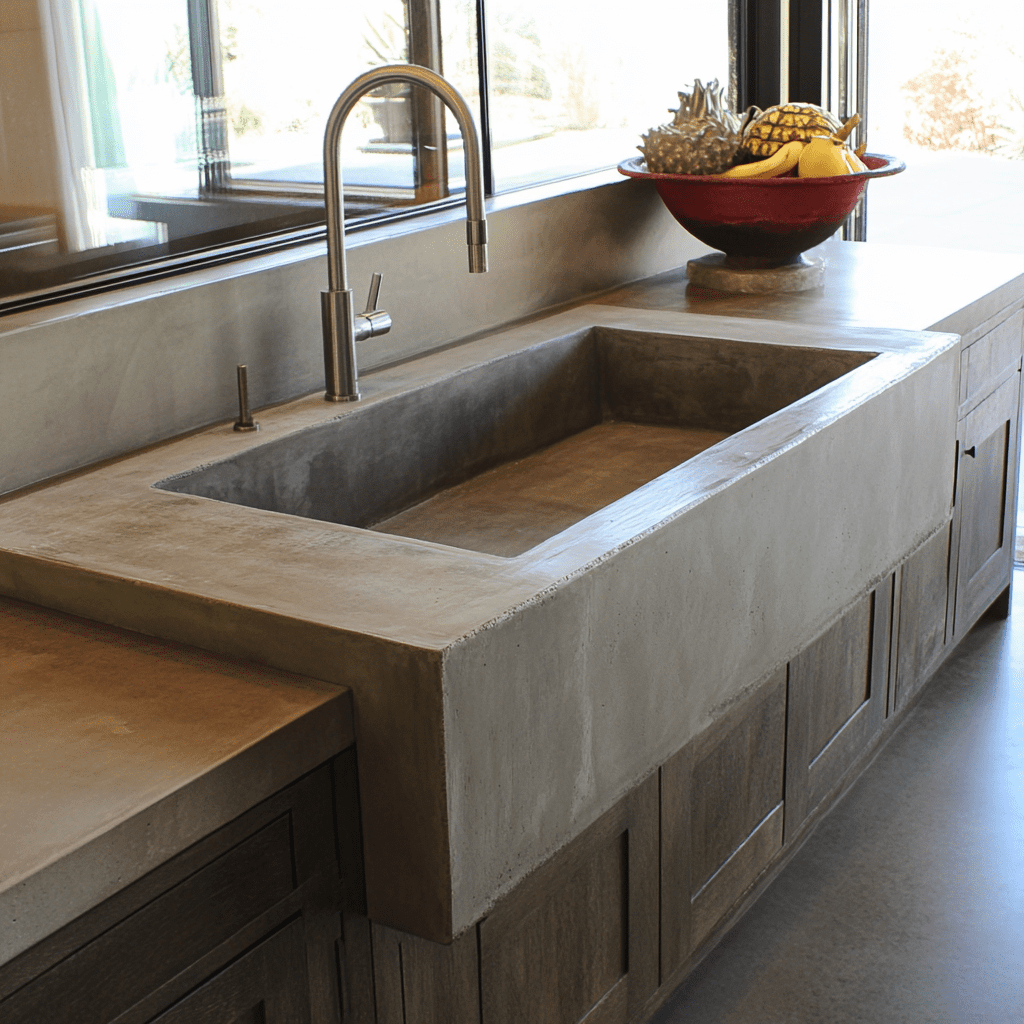

Responses